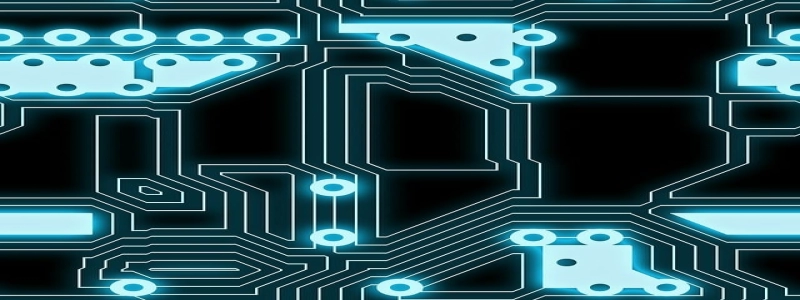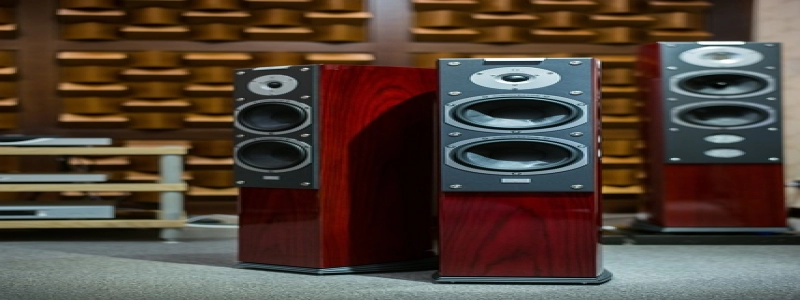What is an Ethernet Port?
Introduction:
An Ethernet port is a hardware component that allows a computer or other device to connect to a local area network (LAN) using an Ethernet cable. It is commonly found on computers, routers, switches, and network devices. In this article, we will delve deeper into understanding what an Ethernet port is and how it functions.
I. Definition of an Ethernet Port:
An Ethernet port is a physical interface that enables the transmission and reception of data in an Ethernet network. It is typically located on the back or side of a device and is rectangular in shape. The port has small copper connectors, known as Ethernet jacks, where the Ethernet cable can be plugged in.
II. Functionality and Features:
Ethernet ports serve as a gateway for devices to access LANs and the internet. They provide a means of communication between devices in a network, allowing the transfer of data packets at high speeds. Most Ethernet ports support multiple network speeds, commonly 10/100/1000 Mbps (megabits per second), known as Fast Ethernet and Gigabit Ethernet.
III. Connection Types:
Ethernet ports can be categorized into two types: standard Ethernet ports and Power over Ethernet (PoE) ports. Standard Ethernet ports only transmit and receive data, while PoE ports not only transmit data but also deliver electrical power to connected devices, such as IP cameras or wireless access points.
IV. Connection Methods:
To establish a connection using an Ethernet port, an Ethernet cable is required. The cable is plugged into the Ethernet port on the device and the other end is connected to a compatible port on another device or a network switch. This physical connection allows for the transfer of data between devices within the network.
V. Benefits of Ethernet Ports:
1. High-Speed Connectivity: Ethernet ports offer fast and reliable data transfer speeds, ideal for bandwidth-intensive activities like streaming, online gaming, and large file transfers.
2. Stability: Unlike wireless connections, Ethernet ports provide a stable and consistent connection, unaffected by interference or signal strength limitations.
3. Security: Wired connections through Ethernet ports are generally more secure than wireless connections, as they are more difficult to hack or intercept.
4. Versatility: Ethernet ports are compatible with a wide range of devices, making them widely used in homes, offices, and data centers.
Conclusion:
In conclusion, an Ethernet port is a crucial component in networking that allows devices to connect to LANs and access the internet. Its functionality, reliability, and security make it an ideal choice for high-speed and stable connectivity. Whether used in homes, offices, or data centers, Ethernet ports continue to play a vital role in modern networking.








